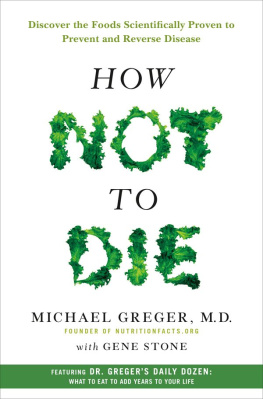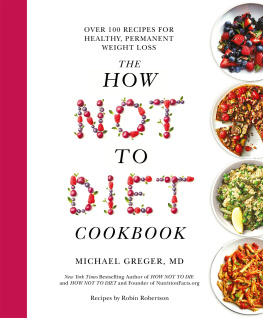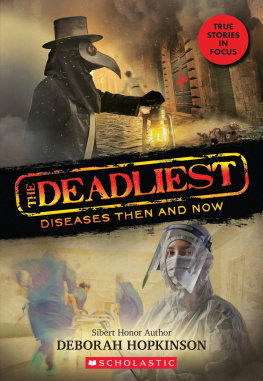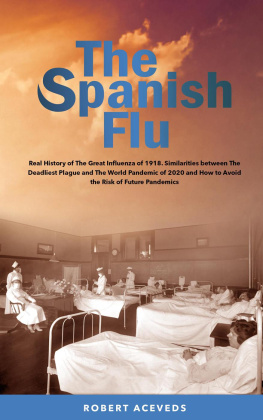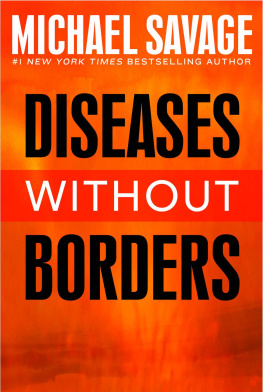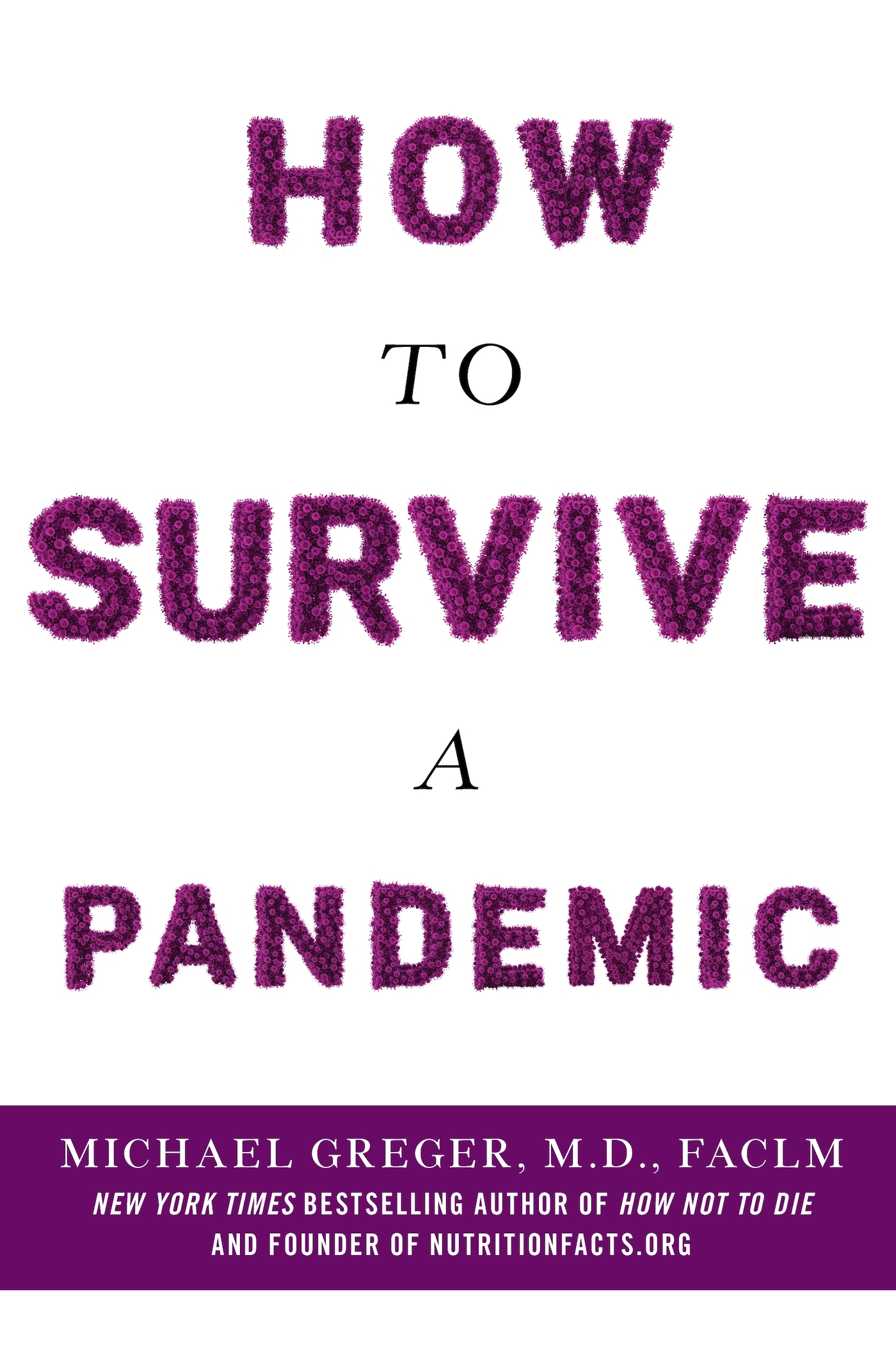Contents
Guide

The author and publisher have provided this e-book to you for your personal use only. You may not make this e-book publicly available in any way. Copyright infringement is against the law. If you believe the copy of this e-book you are reading infringes on the authors copyright, please notify the publisher at: us.macmillanusa.com/piracy.
In honor of Dr. Li Wenliang, 19862020
After I graduated from medical school, I went to work in a public health hospital. It housed a maximum-security prison unit, a homeless shelter, and one of the last few locked tuberculosis wards in the country. It was like practicing medicine on a Doctors Without Borders mission, only right in the Boston suburbs.
The hospital also had an entire floor dedicated to AIDS patients. This was before the revolution in HIV antiviral drugs, and victims were dying of all manner of bizarre, horrifying infections. With their immune systems ravaged, they fell prey to fungal pneumonias, parasitic brain diseases, and purulent tumors that looked like cauliflower when they erupted from their skin. Throughout my medical training, I had never seen anything more heart-wrenching. What was an infectious disease specialists dream was a patients nightmare.
I can still see their sunken eyes. Often, the best I could offer was just morphine and massage. When I was growing up, there was no such thing as HIV/AIDS. Where did this virus come from? The question echoed in my head as I tended to patient after patient. That question fueled my interest in emerging infectious disease.
Today I am largely known for my achievements in lifestyle medicine, but years before I launched NutritionFacts.org and shifted my focus to the study of chronic illness, it was my infectious disease work that formed the bulk of my scientific publications and afforded me the opportunities to testify before Congress, appear on The Colbert Report, and help defend Oprah Winfrey in that infamous meat defamation trial. Many are surprised to learn that How Not to Die was my fourth book, not my first, and the one immediately prior was on preventing and surviving pandemic disease.
The current coronavirus crisis provided the impetusand timeto revisit that body of work. I was in the midst of a two-hundred-city speaking tour for How Not to Diet, my most recent book, when COVID-19 started spreading around the globe. I was sadly disappointed my lectures and travel had to be suspended, but it enabled me to seize this opportunity to once again dive deep into the literature on pandemic preparedness to bring you the latest science amid so much of the prevailing noise and nonsense.
The time is not for panic but for common-sense measures to protect your family and community both now and in the future against emergent outbreaks.
The current coronavirus pandemic may just be a dress rehearsal for the coming plague. Decades ago, a flu virus was discovered in chickensH5N1that would forever change our understanding of how bad pandemics could get. It was a flu virus that appeared capable of killing more than half the people it infected. Imagine if a virus like that started explosively spreading from human to human. Consider a pandemic a hundred times worse than COVID-19, one with a fatality rate not of one in two hundred but rather a coin flip of one in two. Thankfully, H5N1 has so far remained a virus mainly of poultry, not people, but H5N1 and other new and deadly animal viruses like it are still out there, still mutating, with an eye on the eight-billion-strong buffet of human hosts. With pandemics, its never a matter of if, but when. A universal outbreak with more than a few percent mortality wouldnt just threaten financial markets but civilization itself as we know it.
This book contains what you need to know to protect yourself and your family from the current threat, but it also digs deeper into the roots of the problem and tackles the fundamental question: How can we stop the emergence of pandemic viruses in the first place? If there is one concept to draw from my work on preventing and reversing chronic disease, its that we mustwhenever possibletreat the cause.
On December 30, 2019, Dr. Li Wenliang, an ophthalmologist at Wuhan Central Hospital in the Hubei province of China, messaged his fellow physicians, alerting them to the appearance of a concerning cluster of pneumonia cases. In response, he was summoned to the Public Security Bureau and reprimanded for spreading rumors and making false statements that disturbed the public order. Thirty-nine days later, after becoming infected with the very virus he had tried to warn his colleagues about, he was dead at age thirty-three.
His initial message read 7 SARS cases confirmed at Huanan Seafood Market.
A decade later, in 2012, another deadly coronavirus emerged: the Middle East respiratory syndrome coronavirus. Like SARS, MERS spread to infect thousands across dozens of countries, but this time, one in three died. Imagine if a disease like that went viral and caused a pandemic. COVID-19 is the third deadly human coronavirus to emerge since the turn of the century.
Emerge from where? Where do new infectious diseases come from? All human viral infections are believed to originate in animals.
The Emergence of MERS
Most human coronaviruses appear to have arisen originally in bats,
A bat in Saudi Arabia was found carrying the MERS coronavirus,
But we domesticated camels three thousand years ago. Why now?
Camels used to be allowed to forage outdoors, but as more and more camels were being raised, desertification from overgrazing forced the industry to transition to thousands of camel farms using enclosed, high-density housing systems where they were confined indoors. The high-intensity contact between camels alongside their workers is thought to be what helped drive the spillover of the MERS coronavirus from camels to humans. By 2011, open grazing was completely banned in Qatar, the Middle Eastern country with the highest camel density. The next year, the first human cases of MERS were reported.
The Emergence of SARS
Before MERS, there was SARS, the first new global disease outbreak of the twenty-first century.
Freshly slaughtered animals are thought to be more nutritious by many regional consumers,
There was a vast expansion of the wildlife trade in the 1990s to supply the emerging urban middle-class demand in China.
As demand surpassed supply, the transboundary wildlife trade was supplemented with the creation of intensive, captive production farms where wild animals could be raised under poor sanitation in unnatural stocking densities
The genetic building blocks for the SARS virus have since been identified from eleven different strains of coronaviruses found in Chinese bats,
In the case of SARS, the intermediate host appeared to be the masked palm civet, a catlike animal prized for its meat, the purported aphrodisiac qualities of its penis,
Live animal markets not only allow for cross-species transmission, human exposure, and viral amplification but viral modification, too. Apparently, civets are not just passive conduits for the virus; they appear to be incubators for human-adapting mutations in the virus itself. and the SARS epidemic was born.
After the initial SARS outbreak ended in July 2003, four new human cases were confirmed in China the following winter. Unlike most of the previous cases, the four individuals had not had close contact with infected persons, and they presented with mild symptoms. Viruses sampled from palm civets both kept at a local market and served at the restaurant where most of the new patients had previously eaten were found to be nearly identical to those discovered in the new, milder human cases. The new civet viruses shared one of the two civet-to-human spike mutations found in all the new human patients but none of the previous years civet coronaviruses. These findings suggest that intermediate hosts can help transform coronaviruses from the primordial reservoir in bats into greater human infectivity.


